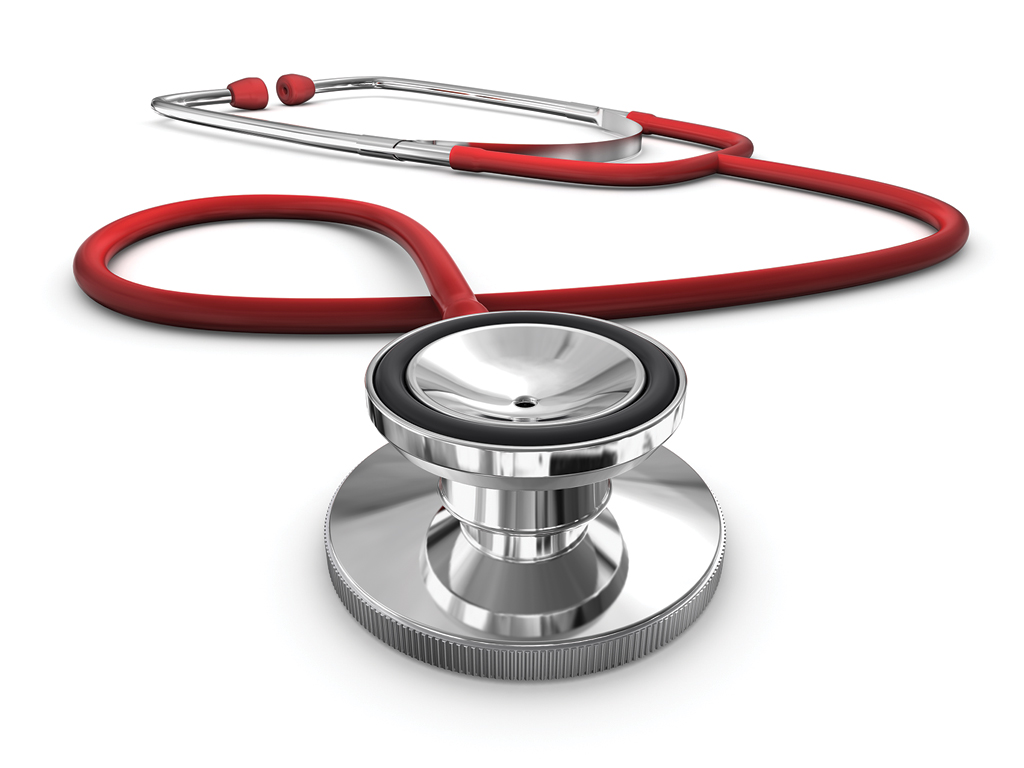By Benita Philip, DO
Nearly half of all adults in the United States suffer from hypertension or high blood pressure, according to the American Heart Association, but many are unaware that they have the condition.
Unfortunately, being unaware does not make the condition any less of a health risk.
The American Heart Association and American College of Cardiology, along with other medical organizations, recently developed new guidelines for diagnosing high blood pressure, lowering the preferred numbers to allow for earlier intervention that can help prevent complications.
In addition to getting your blood pressure checked regularly, it’s important to know the new guidelines, so with the help of your doctor you can take steps to keep it in a healthy range.
New Guidelines
Blood pressure is the force of blood pushing against your artery walls. When blood pressure is high, it can cause damage to your arteries, putting you at risk for a range of serious health complications including heart disease, stroke, kidney disease, and even blindness.
Blood pressure is measured in millimeters of mercury (mm Hg) and is written as two numbers. The top number (systolic) is the pressure when the heart beats. The bottom number (diastolic) is the pressure when the heart rests between beats.
Under the new guidelines, high blood pressure is a reading of 130/80 or higher. Previously the numbers were 140/90. Normal blood pressure is below 120/80.
Therefore, if your systolic pressure is between 120 and 130, you are considered to have elevated blood pressure, a warning sign to take precautions to prevent your blood pressure from continuing to rise.
For high blood pressure to be diagnosed, your doctor will normally use an average based on two more or more readings obtained on two or more visits.
Risk Factors
High blood pressure normally develops over time and your risk tends to rise as you grow older. Other factors that put you at risk for high blood pressure include:
• Family history.
• An unhealthy diet, especially one that’s too high in sodium.
• Physical inactivity.
• Obesity.
• Diabetes.
• Too much alcohol use.
• Smoking.
In some cases, swelling in the legs, visual disturbances, and headaches may be signs of high blood pressure, but you may not have any symptoms. The only way to know you have it is to get your blood pressure checked regularly.
Medication and Lifestyle Changes Go Hand in Hand
Once diagnosed, high blood pressure is treated by making lifestyle changes and starting medications if needed.
Your blood pressure increases when you have too much sodium in your bloodstream. High sodium levels pull water into your blood vessels and increase the amount of blood in the vessels. Often, people with high blood pressure will be advised to reduce the sodium or salt in their diet.
Nine out of 10 Americans consume too much sodium, according to the American Heart Association. In fact, the average American eats more than 3,400 milligrams of sodium a day.
The American Heart Association recommends consuming no more than 2,300 milligrams a day, and an ideal limit is fewer than 1,500 milligrams. Even cutting back by 1,000 milligrams a day can improve blood pressure and heart health.
The best way to reduce salt intake is to avoid prepackaged, processed and prepared foods, all of which tend to be higher in sodium.
In addition to limiting sodium, the American Heart Association offers these recommendations for reducing high blood pressure:
• Eat a healthy diet that is low in saturated and trans fats and rich in fruits, vegetables, whole grains, and low-fat dairy products.
• Eat foods rich in potassium. Aim for 3,500 to 5,000 milligrams of dietary potassium per day.
• Be more physically active. Aim for 150 minutes of moderate-intensity physical activity or at least 75 minutes of vigorous physical activity per week, or a combination of both spread throughout the week.
• Reach and maintain a healthy weight. If you are overweight, losing just five to 10 pounds may lower your blood pressure.
• Limit alcohol to no more than one drink per day if you are a woman and two drinks per day if you are a man.
• Don’t smoke and avoid secondhand smoke.
• Take blood pressure medication as prescribed.
• Know what your blood pressure should be, and work to keep it at that level.
By making lifestyle changes, you may be able to avoid the need for medication or reduce the dose. You might even be able to prevent high blood pressure completely.
If you are diagnosed with high blood pressure, taking your blood pressure at the same time every day with a home testing machine that fits around the upper arm is often advised. Sit calmly for several minutes before taking a reading, with both feet on the ground and your arm extended out, not bent. The blood pressure cuff should not be placed over clothing.
By regularly monitoring your blood pressure at home and keeping a record of your readings, you can help your doctor track how your medication and lifestyle changes are working.
To find a physician with Penn Medicine Princeton Health, call 888-742-7496 or visit www.princetonhcs.org.
Benita Philip, DO, is a cardiovascular specialist and a member of Penn Medicine Princeton Health Medical Staff.

